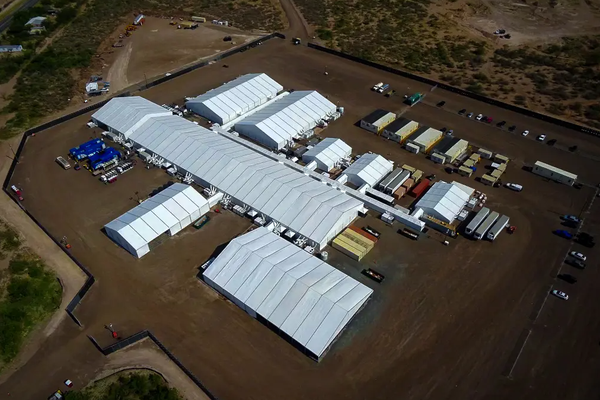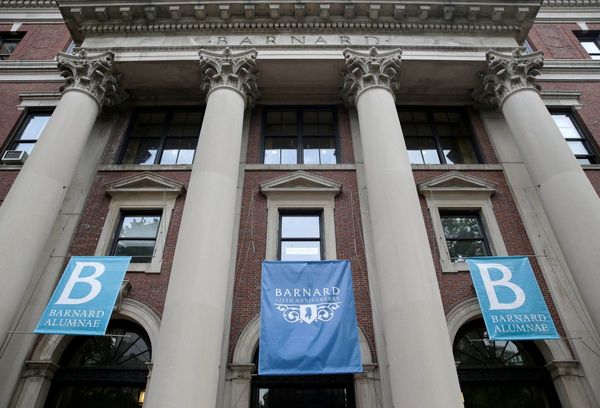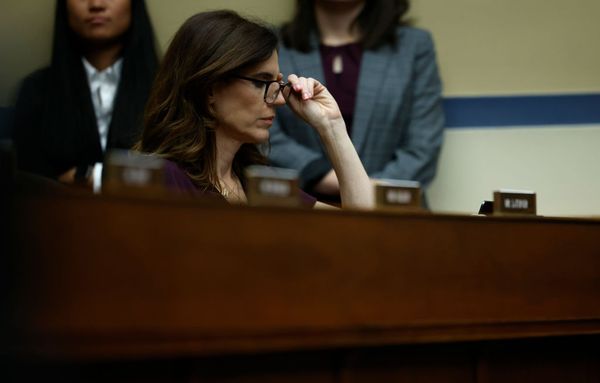Talk about an herbal remedy!
For decades the medical benefits of using cannabis were suppressed instead of being publicized in order to keep the drug prohibited.
Up until World War I, pharmaceutical supplies of cannabis indica were entirely imported from India and occasionally Madagascar, according to Dale Gieringer, PHD. By 1918 about 60,000 pounds were being produced by the federal government annually, all on pharmaceutical farms east of the Mississippi River.
In 1936 the Bureau of Narcotics urged the federal government to curtail what it considered widespread use of the drug. The same year, the propaganda film Reefer Madness cemented a negative view of cannabis in the public psyche.
By 1942, marijuana was removed from U.S. Pharmacopeia, "thus losing its remaining mantle of therapeutic legitimacy," according to the American Medial Association.
Nearly a decade later in 1951, the Boggs Act established minimum prison sentences for simple possession and the laws just got more restrictive.
Fast forward to 2022, and the research is now showing the positive aspects of cannabis for the most part.
A new study published in the Journal of Health Economics suggests that the enactment of adult-use marijuana legalization laws is associated with reduced demand for certain prescription drugs.
Researchers assessed trends in Medicaid prescriptions in all 50 states between 2011 and 2019, identifying “significant reductions in the volume of prescriptions within the drug classes that align with the medical indications for pain, depression, anxiety, sleep, psychosis, and seizures,” in states that had enacted legalization versus those that didn't.
Since 1996, 38 states and the District of Columbia have passed medical cannabis laws (MCL). In 2022, 18 states and DC have passed recreational cannabis laws (RCL).
The study found self-reported cannabis use increased 5% following the implementation of MCL, a 13% increase following RCL, and a 25% increase following RCL with active dispensaries.
Medicaid recipients in states with RCL reduced prescriptions for depression by 11.1%, for anxiety by 12.2%, for pain by 8%, for seizures by 9.5%, for psychosis by 10.7%, and for sleep by 10.8%.
"These results have important implications. The reductions in drug utilization that we find provide information about potential cost savings for state Medicaid programs," the study's authors Shyam Raman, a doctoral student in the Cornell Jeb E. Brooks School of Public Policy, and Indiana University doctoral student Ashley Bradford said.
The authors note the limitations of their findings. Since the data is taken from the state level, the researchers can not investigate how these results may differ by patient or demographic characteristics.
The authors also recognize that they can't speak on whether individual patients are substituting between pharmaceuticals and cannabis.
"We must also consider the possibility that an increase in patients using cannabis to treat their medical conditions may have the unintended consequence of creating more distance between individuals and their medical providers," the authors stated.
Whatever the underlying truth, the data from this decade-long study will likely draw more research.
Correlation does not equal causation, but if its proven that RCLs save states money on their Medicaid payments then that is just another incentive to legalize cannabis after decades of negative propaganda.







